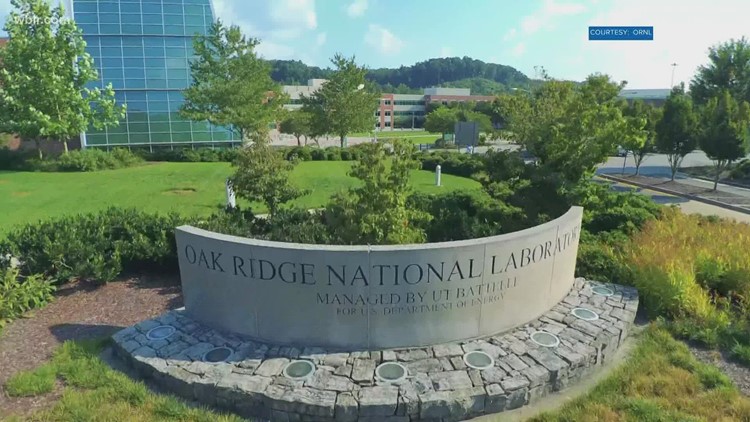OAK RIDGE, Tenn. — Neutrons are one of the trickiest subjects in all physics. They make up some of an atom's nuclei and are one of the most fundamental building blocks of the universe.
Researchers at Oak Ridge National Laboratory recently designed an experiment to learn more about them. Information about that experiment happened to have been released alongside the latest season of Stranger Things. The show explores what it would mean for a "mirror world" to exist alongside ours.
It also happened to reflect some keywords found in the research of Leah Broussard's study. She led a team investigating some of the most fundamental aspects of neutrons, exploring questions involving dark matter and "mirror neutrons."
Blogs and social media about her experiment traveled quickly across the internet, many of which claimed ORNL was conducting similar experiments as the show. It led to a sense of wonder and trepidation among many readers, who saw in Stranger Things that parallel worlds could contain terrifying monsters inspired by Dungeons and Dragons.
"When the stories about my research first came out, it coincided with the release of a very popular TV show called 'Stranger Things,'" said Broussard. "I think for a lot of people, they could draw a lot of very strong parallels with what was happening in the show, where they were opening portals to other dimensions, and my research."
She said she received several messages from people volunteering to enter the other dimension and face monsters like the Demogorgon. But her team wasn't trying to open a portal to another world.
Instead, they were trying to see if neutrons could travel through walls.
Despite making up the nucleus of an atom, theorists found that a neutron can also travel outside of an atom. However, they decay quickly when away from other protons and neutrons — living just under 15 minutes before turning into a proton.
Previous landmark experiments showed that neutrons traveling in a beam could live around 9 seconds longer than ones trapped in a magnetic bottle. The experiment hinted at a crack in the Standard Model of particle physics, the mathematical template that physicists usually refer to when describing the smallest parts of the world.
Broussard's experiment tried to explain the discrepancy by investigating "mirror neutrons." Experimenters postulated that neutrons could travel back and forth between being "mirror neutrons" and regular ones, causing the discrepancy in the previous experiments.
They guessed that since neutrons are so fundamental to the universe, they might transform into a dark-matter version of themselves while traveling — called mirror neutrons. The experiment was designed to stop some of the neutrons from traveling as regular versions of themselves with a boron carbide wall.
However, mirror neutrons would be able to pass right through the wall, since they are theorized to be made up of dark matter and wouldn't interact with the regular matter that most people are familiar with. It would be as if they had gone through a "portal."
The experiment did not return evidence of mirror neutrons, though. All of the neutrons were stopped by the wall, indicating they were all made up of regular matter and not dark matter.
So for the time being, at least, neutrons may not seem as strange as people think. And no portals to the upside-down have been opened at ORNL.



